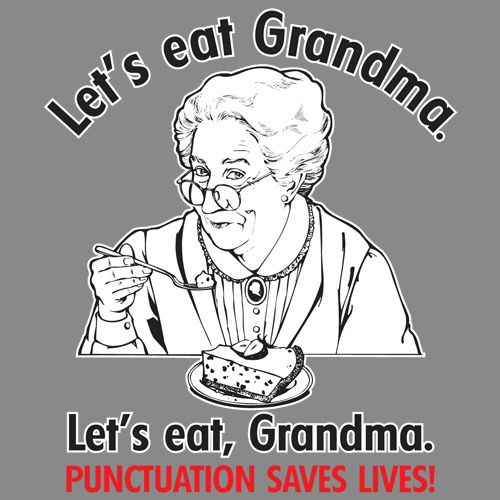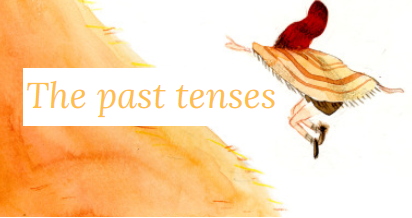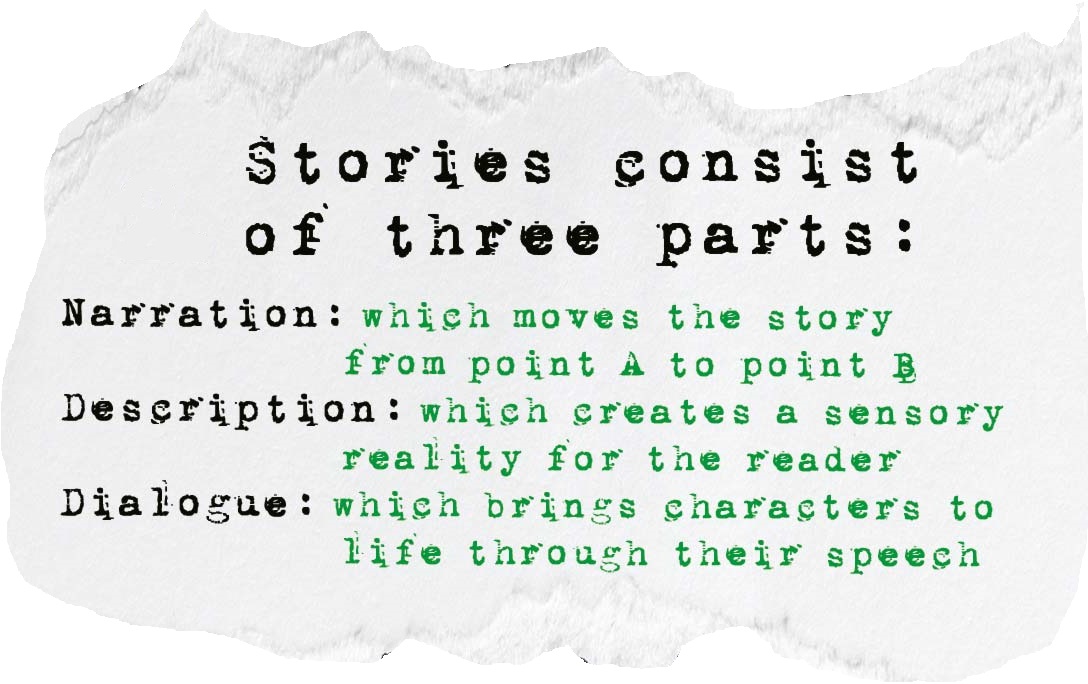General
This is an English course for higher intermediate students who would like to practice their writing skills by writing short stories. Here you will be given mini-guides, writing exercises and the freedom to use your imagination! You can complete lessons 1-5 in any order you like but make sure you keep 6 for last.
The course was designed by Margarita Christoforatou, a certified teacher of English. For any comments or questions feel free to write an email at 21margie@gmail.com




